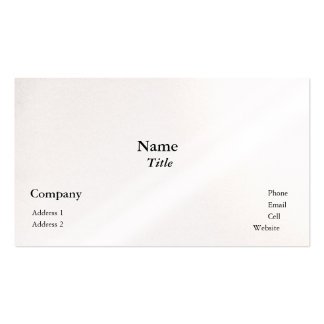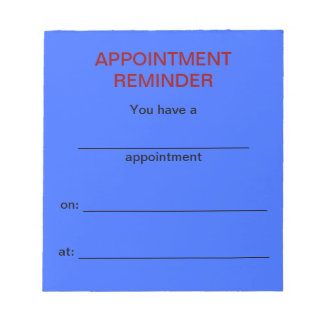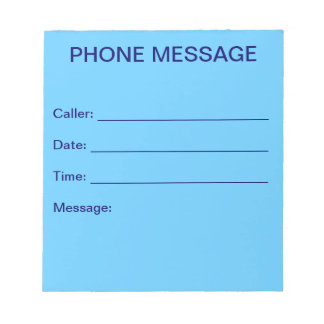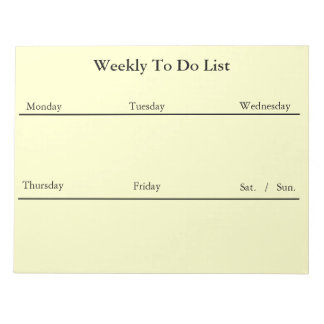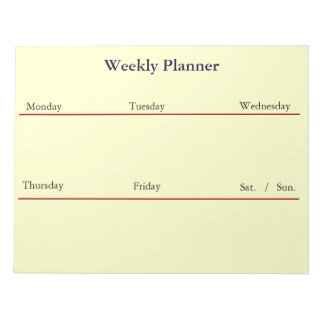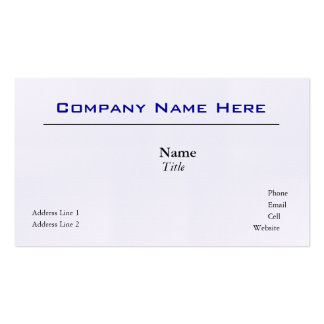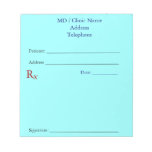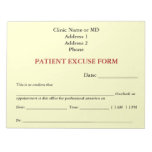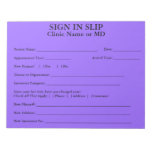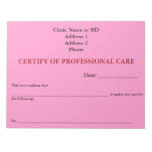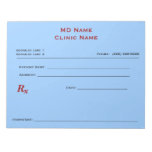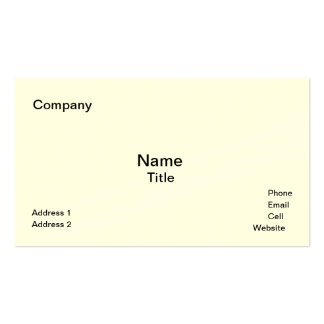Start-Up Tips for a New Residential Remodeling Business

Plan your business carefully when starting a home remodeling company.
Do you dream of starting your own business as a residential remodeling contractor? Even if you are handy with a hammer, there are still some very important issues to consider. As a small business owner, you would be responsible for all the details associated with running your venture. Being prepared for what lies ahead can help ensure a smooth start to minimize future problems.
Franchising
Consider opening a remodeling franchise. Purchase an existing franchise that already has an active customer base and generate income right from the start. A franchise usually has the backing of a home office that offers marketing help, assistance with bookkeeping and even help in finding customers. Many franchises work in established territories, so check with the company to see if the territory you want to work in has a franchise available.
Licensing
Starting a home remodeling business will require you to register your company with the local government office. In most cases, you will need to file a DBA or "doing business as" certificate. You will be able to establish bank accounts in your company's name and accept payments made out to your business, allowing you to separate your personal and business accounts. Many customers and contractors require you to have liability insurance to work on certain job sites. Discuss the proper coverage with your insurance agent. You may also need a contractor's license to publicly solicit remodeling work. Check with the local licensing office to see if you need a contractor's license to get started.
Networking with Other Contractors
You may be very good at putting up drywall, but you may not be as handy doing electrical work. Network with other remodeling professionals so you can take on a wider variety of jobs. General contractors often have smaller jobs come up from their customers, but would rather give those to a smaller remodeling company to handle. Make contact with the larger contractors in your area to create a steady flow of work.


